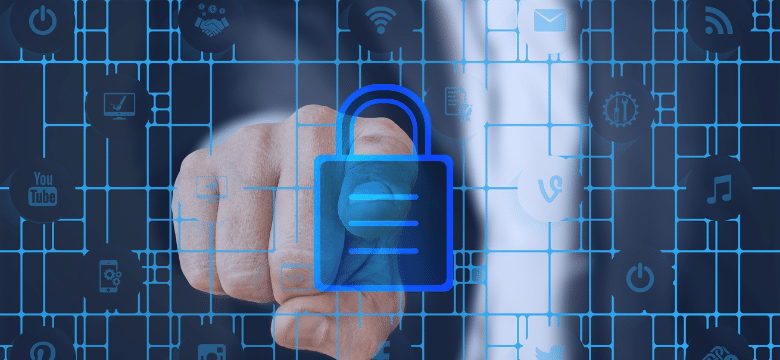








In an era where our lives are increasingly intertwined with digital platforms, the security of our online identities has never been more crucial. The USA was home to 239 million social media users in January 2024, equating to 70.1 percent of the total USA population, which highlights our growing reliance on digital ecosystems. This is when we should talk about a secure identity verification solution.
In 2023 alone, there were more than 1 million reports of identity theft, underscoring the urgent need for robust, secure identity verification systems. This trend is also occurring worldwide with the booming popularity of social media platforms and internet users. So, the need for securing your online identity is limitless, and this article will discuss how to ensure secure identity verification in the digital age.
For years, we’ve relied on traditional authentication methods to protect our digital identities. However, these approaches have shown significant vulnerabilities:
Learn more: Enhancing KYC (Know Your Customer) Compliance with Cloud-Based Identity Verification
Multi-factor authentication (MFA) has emerged as a more robust approach to identity verification. By requiring users to provide multiple verification factors, MFA significantly enhances security. A Microsoft study found that MFA can block 99.9% of automated attacks.
MFA typically combines:
As cyber threats evolve, so do the technologies designed to combat them:
Learn more about new technologies that transform the identity verification process: Top technologies to consider when building an identity verification platform
The landscape of cybersecurity is ever-changing, necessitating continuous adaptation. Artificial Intelligence (AI) plays a crucial role in this evolution. For example, Mastercard’s Decision Intelligence™ uses AI to analyze data points in real-time, increasing the speed of identifying merchants at risk by 300% and doubling the detection rate of compromised cards.
To effectively safeguard digital identities, organizations must adopt a multi-layered approach:
You may enjoy: How digital transformation helps business manage their customer’s identity
As we navigate the complex digital landscape, secure identity verification stands as the crucial gatekeeper, protecting our online presence and sensitive information. By embracing advanced technologies and adopting a multi-layered approach, we can significantly enhance our defenses against identity theft and fraud.
The battle for secure digital identities is ongoing, requiring vigilance, innovation, and adaptation. For individuals and organizations, we must stay informed about emerging threats and security solutions to protect ourselves in the digital age. Are you ready to strengthen your digital defenses and implement cutting-edge identity verification solutions? ITC Group offers comprehensive cybersecurity services tailored to your organization’s unique needs. Contact us today to learn how we can help you safeguard your digital assets, protect your customers’ identities, and stay ahead of evolving cyber threats. Let’s work together to build a safer digital future!
Stay ahead in a rapidly changing world with our monthly look at the critical challenges confronting businesses on a global scale, sent straight to your inbox.